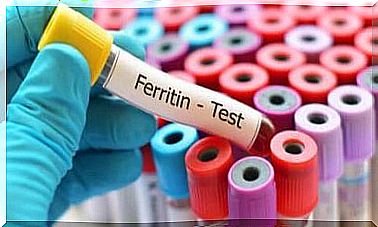A Simple Blood Test Could Pinpoint Where The Tumors Are
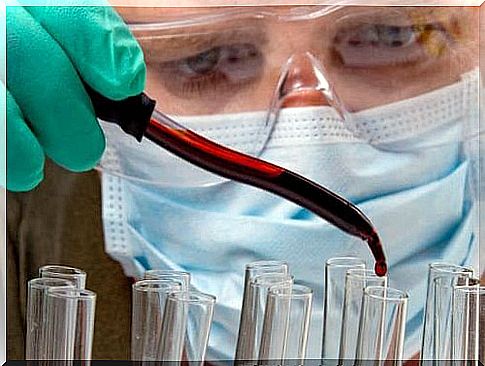
Early detection of cancer remains one of the main challenges for the medical community. Despite the progress, there are still many difficulties in diagnosing precisely when there is some suspicion.
Currently, clinical examinations and tests have been developed that allow the identification of the presence of malignant cells, especially when they are at a more advanced stage.
In these cases, blood tests have very efficient results, as they are able to detect the presence of cancer by identifying the DNA that tumor cells release as soon as they die.
However, it is a very superficial result, as it does not allow us to know precisely where the tumor is.
Surprisingly, this situation may be about to change thanks to a new advance made by a group of bioengineers at the University of California, San Diego (United States).
Specialists have developed a type of blood test that, in addition to detecting cancer, indicates where it is located.
The new analysis promises a faster diagnosis and, consequently, can avoid the use of invasive surgical procedures.
The study of tumors
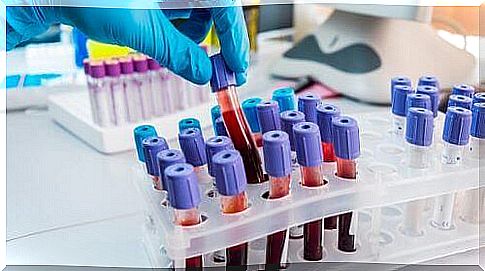
Bioengineers at the University of California have developed a new blood test. Unlike existing ones, this one can help detect cancer earlier and more accurately.
The results were published in the journal Nature Genetics , showing the importance of fighting this dangerous disease.
When a tumor begins to spread to a certain region of the body, it begins to compete with healthy cells for nutrients and space, causing their death in the process.
DNA from dead cells passes into the bloodstream, making it easier to detect which tissues are being attacked.
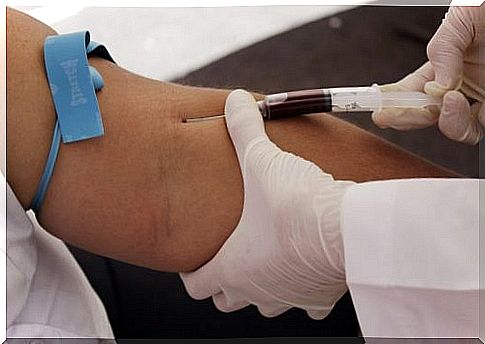
Specifically, a part of the DNA was found that is the key to identifying where the tumor is located: the CpG methylation haplotypes within the DNA molecules.
Each tissue in the body can be identified by its unique form of methylation haplotypes.
Kun Zhang, a professor at the School of Engineering at the University of California at San Diego and lead author of the paper, says:
To prove the method, the researchers created a database that included all organ tissue CpG methylation patterns, such as:
- Liver
- intestine
- Colon
- Lungs
- Brain
- Kidneys
- Spleen
- pancreas
- Blood
tumor cells
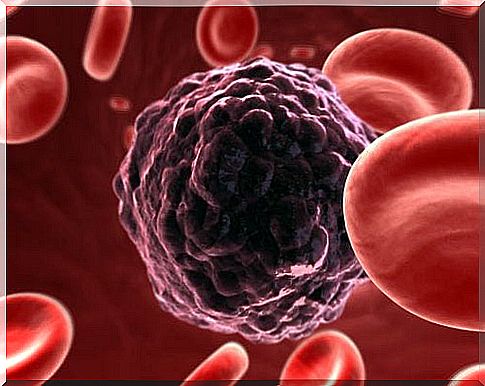
Analyzes of tumor and blood samples from patients at the University of California’s Moores Cancer Center were also performed to identify specific genetic markers of the disease.
Blood samples from patients with and without tumors were observed for signs of cancer markers and tissue methylation patterns.
This combination is necessary to obtain a positive result. Experts cataloged the test as a dual authentication process.
Despite the results, the research team chose to be prudent and ensured that for now it is just a proof of concept.



